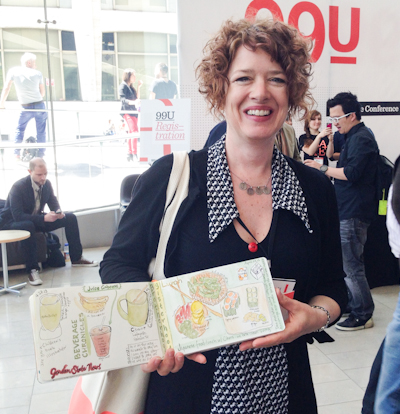If you want to receive all of my latest posts by email, click here to subscribe to the Blogging Tips newsletter.
Five Ways Blogging Can Boost Your Confidence in Business
In this updated version of an earlier post from Content Mastery Guide, I reiterate some of the benefits of business blogging – particularly how it can support our efforts with networking, sales and marketing. I also added an audio podcast for those who would rather listen than read.

12 Most Freeing Reasons to Scrap a Blog Post
If an unfinished blog post has stalled your online marketing efforts or soured your enthusiasm for blogging, you have my permission to scrap it – as long as it fits one of the scenarios I outline in my latest guest post for 12 Most.

[Update June 17, 2016: The 12 Most site has been taken down, so I’ve republished this post here at Content Mastery Guide: 12 Most Freeing Reasons to Scrap an Unfinished Blog Post]






